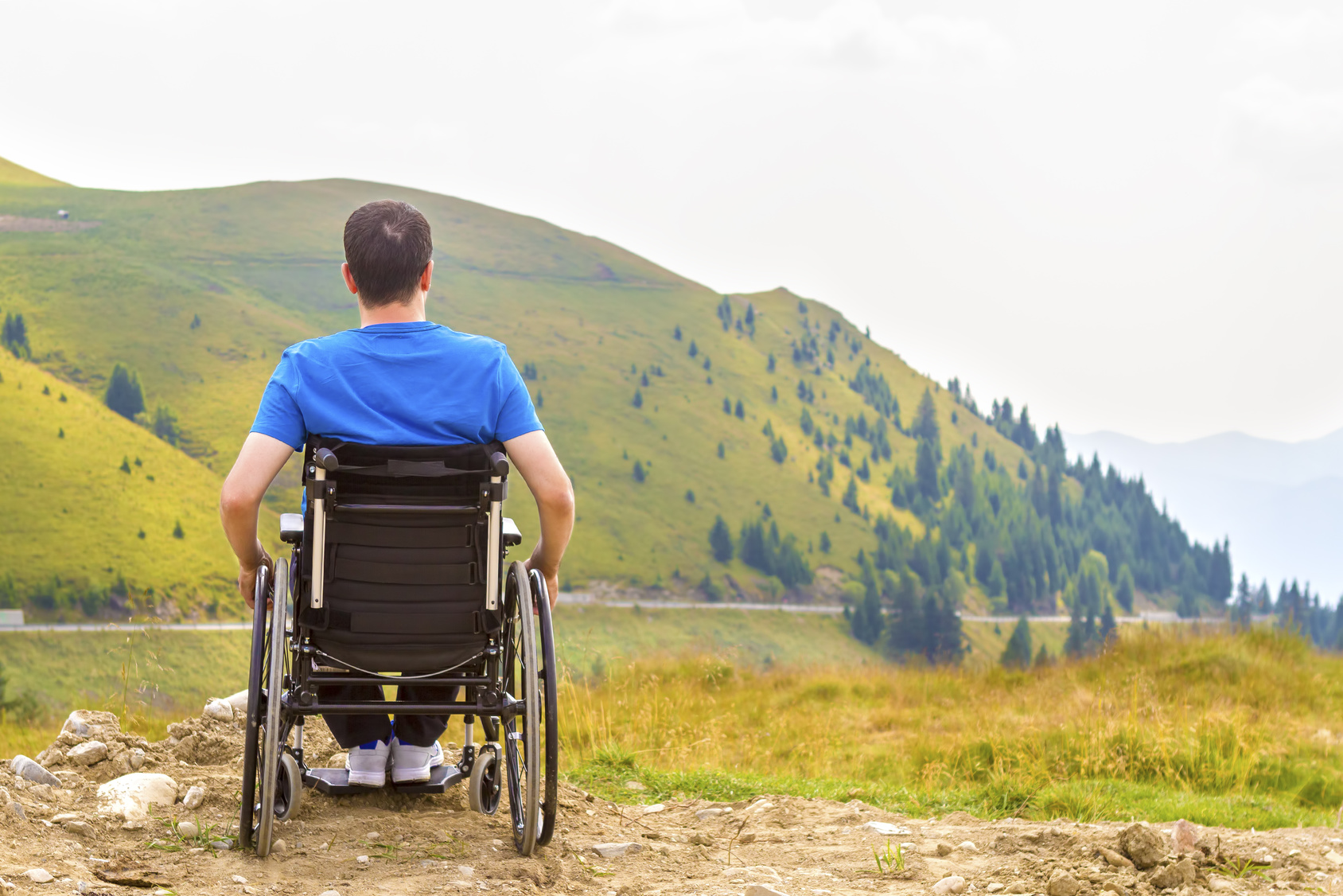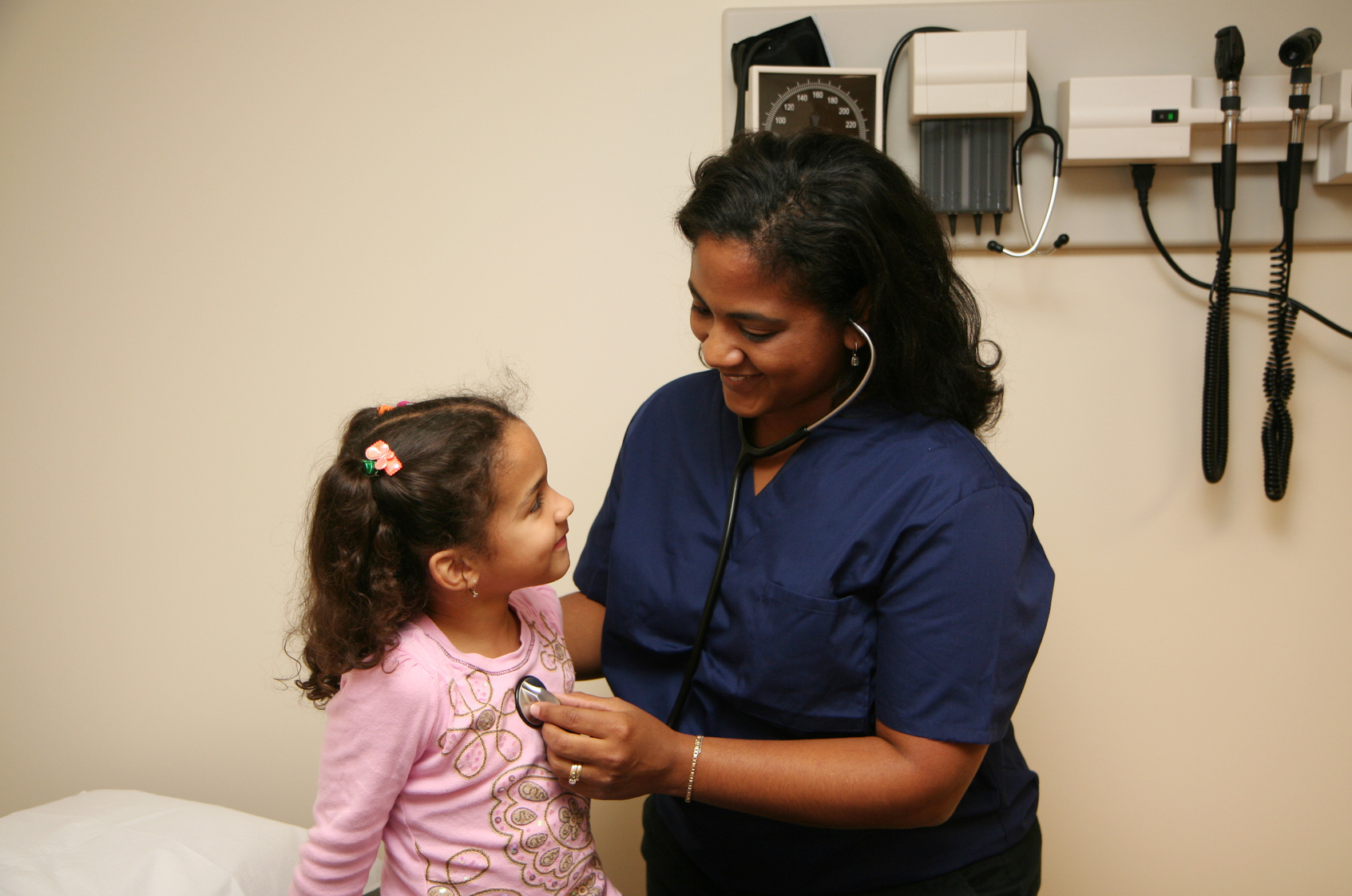By Guest Author: Deb Wood, RN, NursesRx Contributor
Burnout remains a common problem within nursing, driving nurses from a rewarding profession and negatively affecting patient safety.
“This is an ongoing problem, and we have to do something about it,” said Diana J. Mason, PhD, RN, FAAN, senior policy service professor at George Washington University School of Nursing in Washington, DC.
Vicki S. Good, DNP, RN, CPHQ, CPPS, past-president of American Association of Critical-Care Nurses (AACN), called burnout a “silent epidemic.”
A condition ACCN member Anna Rodriguez, BSN, RN CCRN, PCCN, began to experience while working at a hospital in Idaho. She began traveling, avoiding management responsibilities, colleagues calling off and hospital politics and, eventually, found a permanent position in Washington State she feels good about.
“[Travel nursing] was my way to recover from burnout,” Rodriguez said.
Rodriquez also blogs about burnout as a way for her and other nurses to become more resilient. She writes about patient compliments or something meaningful and then when she starts to feel burned out, she reads through it and reflects on what brought her to nursing.
Rodriguez is not alone in having felt burned out. Good reported that 30 percent to 50 percent of nurses exhibit characteristics of burnout, which is related to working in a high-stress environment. However, she added that most nurses do not realize when they are developing signs and symptoms of nursing burnout.
“Critical care nurses are at especially high risk for developing burnout syndrome, due to the high-risk and high-stress environment where they are asked to care for patients during a vulnerable time in the patient’s life, and often at the end of life, with the accompanying ethical issues,” Good said.
What is Nursing Burnout?
Burnout happens when clinicians are emotionally exhausted and feel alienated from their job-related activities.
“Nurses experience moral distress when they go home at the end of the day feeling that they were not able to do a good job, because they had too many patients and could not give them the care they needed and wanted,” Mason said. “Moral distress is tied with burnout and leaving [the profession].”
Many nurses experience burnout and leave nursing after one year, said Cynda H. Rushton, PhD, RN, FAAN, a professor of clinical ethics at Johns Hopkins University.
“Nurses’ work is intense,” Rushton said. “The suffering and conflicting values about patient care and the healthcare system can deplete people’s energy and make it difficult for them to feel they are making a difference.”
Nurses experience emotional, physical and spiritual depletion, Rushton said. People may shut down and go through the motions. Nurses may have difficulty sleeping or develop somatic symptoms or become cynical.
Repeated stressors lead to anxiety or disconnecting from work and losing passion, Rodriguez said.
“You lose whatever drive you had and you just don’t care anymore,” Rodriguez said.
Multiple research studies support that burnout presents a threat to patient safety. A 2016 paper from the Agency for Healthcare Research and Quality reported that it’s because of depersonalization that results from burnout.
What to Do About Nurse Burnout?
“A lot can be done, starting with recognizing it and secondly being open to learning new ways of managing,” Rushton said. “Nurses have to practice in a way they feel is consistent with their ethical values.”
First of all, take care of yourself. Eat healthy, get enough rest, exercise, meditate, take breaks during your shift and time off for vacations, and put things in perspective.
“The better shape you are in, the better able you will be to withstand the physical, emotional and intellectual challenges of the job,” Mason said.
Joy Jacobson, MFA, at George Washington Nursing Center for Health Policy and Media Engagement, and Mason have worked to develop reflective writing initiative for nurses to reconnect with the meaning and value of their work and cope with burnout.
“Reflective practice helps nurse cope,” Mason said.
Rushton recently developed the 24-hour, in-person Mindful Ethical Practice and Resilience Academy to give nurses tools to combat burnout.
“It focuses on building skills in mindfulness, ethical competence and resilience,” Rushton said. “This was designed to give nurses the skills they need to address the inevitable ethical challenges at the bedside and be able to do that with more ease and not so much cost to self.”
Rodriguez called early recognition of nursing burnout key to dealing with it. She recommended developing a good support system. She also suggested talking to others, reflective journaling, self-care, and making a change to a “different role at work or changing locations.”
That may be time to travel. Nurses can work with their recruiters to ensure they fill assignments in facilities that staff adequately and value their nurses.
“Many nurses like the idea of seeing other parts of the country, find a place they like and stay there,” Mason said. “There are so many opportunities out there.”
NursesRx is the industry’s leading travel nursing company. Get access to the largest database of high-paying travel nursing jobs in all 50 states along with competitive benefits and perks. Let our experienced team match you with travel nursing job that best suits your skills, experience, and preferences.









